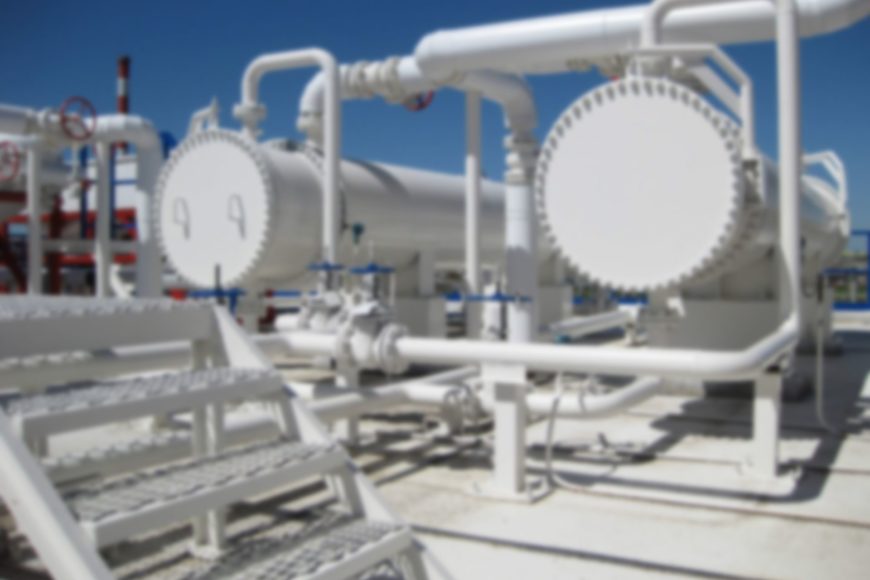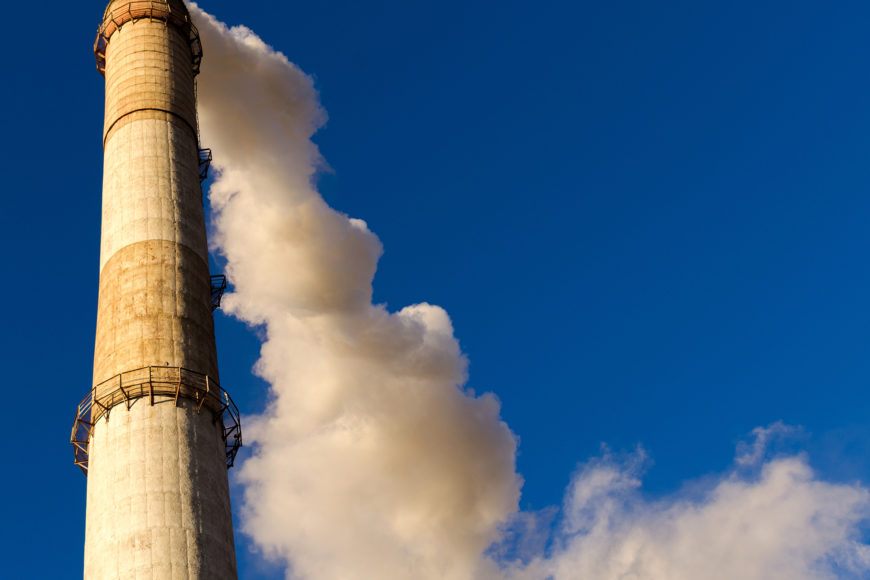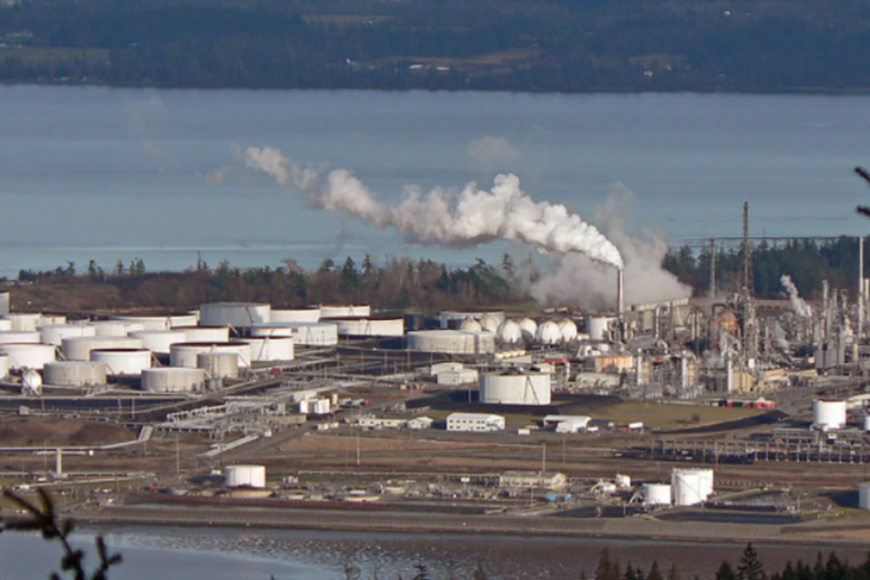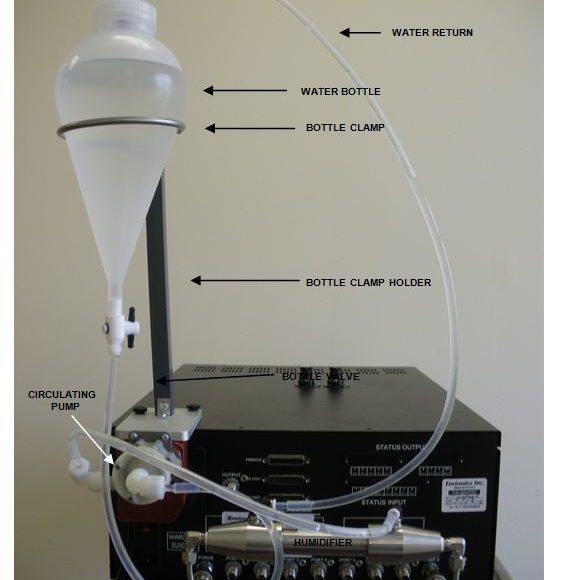Ozone (O3) is subcategorized into three primary groups; stratospheric, tropospheric, and artificially-manufactured ozone. Stratospheric ozone is a naturally-occurring substance that forms in the upper stratosphere, up to sixty miles above the earth’s surface. Ultraviolet (UV) rays cleave oxygen (O2) molecules into individual atoms, and when these free atoms bind to whole O2 molecules, ozone is
Read MoreGas flow systems are extremely varied in terms of device architecture, functionality, and measurement accuracy. They include delivery, blender, divider, diluter, and myriad other instrument
Read MoreAmbient air quality testing is conducted to determine the gaseous or particulate concentration of air that may be released into the environment or breathed by
Read MoreGlobal transit capabilities enable the rapid transport of perishable goods across the world to be enjoyed by consumers far from their country of origin. This
Read MoreGas chromatography is a novel technique for separating and quantitating vaporized compounds using an inert carrier gas. It operates on similar principles to column permeation
Read MoreWe often receive calls and emails asking about the best way to maintain our mixers and dilutors. There are several important things that you can
Read MoreMore and more, we are talking about trace level ambient monitoring. This monitoring is in line with the measurement objectives of NCORE which is part
Read MoreGas Humidification
(more…)
Read MoreOn October 1, 2017, a new ozone standard took effect in the US amid widely differing opinions. In late 2014, the EPA had proposed lowering
Read MoreOn June 2, following an announcement by President Obama, the US EPA presented the Clean Power Plan, "a commonsense plan to cut carbon pollution from power plant" with the stated goal of maintaining "an affordable, reliable energy system" while reducing pollutants that are harmful to people as well as the environment." Throughout the US, power plant
Read More




